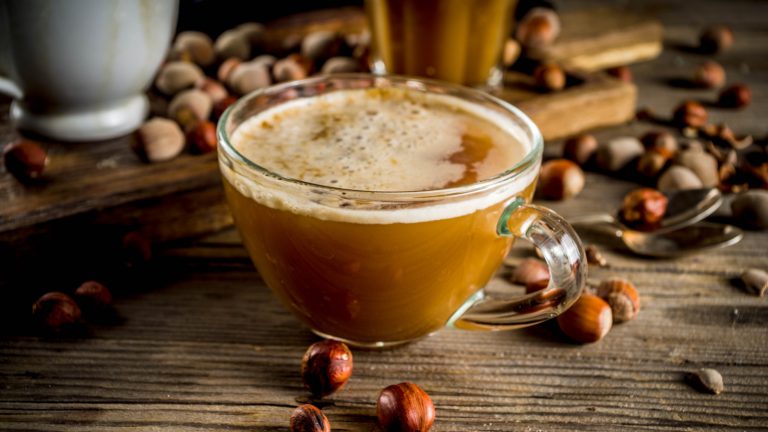We may receive a commission on purchases made from links.
Old Bandage, Dead Fish, Barf. These aren’t just smelly waste products needing to be disposed of, they’re actual Jelly Belly flavors made as part of the company’s Bean Boozled range. These less-than-appetizing candies are the stars in Jelly Belly’s infamous “Bean Boozled” game, in which players take turns spinning a wheel of fate, which selects a jelly bean they must consume. It’s essentially an edible Russian roulette, with the randomly-selected jelly bean either tasting delicious, or like a disgusting, inedible item — all with stomach-churning accuracy. The game is available on Amazon if you’re feeling brave, as are packets of the strangely-flavored Bean Boozled beans. But just how does Jelly Belly make its most outrageously-flavored candies taste so uncanny? Are they using real dead fish?
Thankfully, the answer is no. The secret behind the company’s unique ability to make such wild flavors is its use of a gas chromatograph, a high-tech analytical tool that’s primary function is to analyze and report a substance’s chemical makeup. The Jelly Belly flavor-developing team takes a substance, say, stinky socks, transforms its essence into the form of a vapor with heat or a chemical solvent, and runs it through the gas chromatograph. The machine sends the data to a computer, where flavor markers, a sort-of reference point for tastes, are created. From there, food-safe ingredients are used to reverse-engineer each wacky flavor, from which they are examined by a panel of (perhaps unlucky) taste-testers to determine the overall accuracy in terms of flavor and aroma. So while a box of Jelly Belly’s Bernie Botts Every-Flavour Beans might contain such flavors as Earthworm, Dirt, and Earwax, we can rest assured that the candies don’t contain those actual substances.
Jelly Belly’s traditional flavors rely on natural ingredients for flavor
Of course, Jelly Belly doesn’t just have weird flavors. After all, when most consumers think of Jelly Belly, their minds likely aren’t jumping to Lawn Clippings or Toothpaste. Since the company began making its famous jelly beans in 1976, its more traditional flavored beans have always been sourced from natural ingredients. You’ll find actual chocolate in the company’s Chocolate Pudding flavor, and real coconut in the Coconut flavor, just to name a couple.
Each Jelly Belly jelly bean starts with a liquid base of water, corn starch, corn syrup, and sugar. Once mixed, the natural flavor source is added, like a puree for one of the company’s famous fruit flavors (think Peach or Juicy Pear, for example). Once mixed, the beans are molded in starch, cured, tumbled in sugar, and coated with shellac, an admittedly strange ingredient used to make jelly beans shiny. Believe it or not, the start-to-finish process can take up to a whopping 21 days.
With this intense dedication to accurate flavors in mind, it’s no surprise that the company’s jelly beans are world-famous and a treasured Easter tradition in the United States. The jelly beans are so flavorful, in fact, that they were a favorite of President Ronald Reagan, who once shipped 3.5 tons of jelly beans to the White House back in the ’80s.






